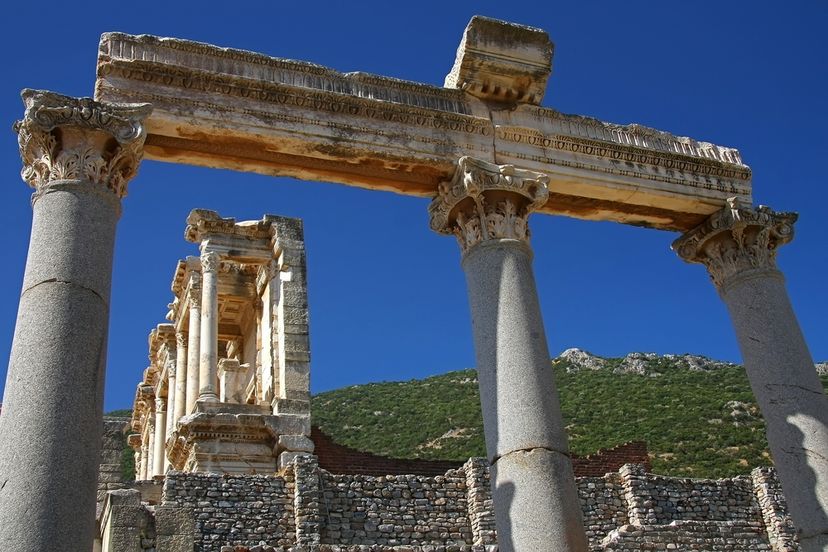
The ancient city of Ephesus in Turkey and the Blue and John Crow Mountains in Jamaica are just two of the 24 newly inscribed World Heritage sites approved by the 39th UNESCO committee in Bonn, Germany recently. From ancient, archaeological sites to complex industrial systems and cultural landscapes, the 2015 list provides no shortage of exciting and intriguing travel ideas for the year, sure to peak even the most veteran travelers’ interests.
Advertisement
1. Aqueduct of Padre Tembleque Hydraulic System – Mexico
Constructed in the 16th century and located on the Central Mexican Plateau, this aqueduct was built with support from local indigenous communities. Along with tanks, bridges and a water catchment area, this heritage canal system has the “highest single-level arcade ever built in an aqueduct”.
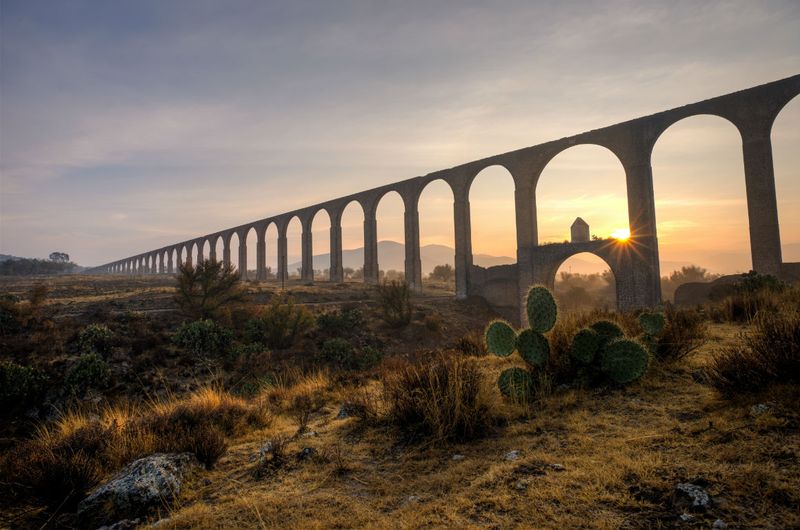
2. Arab-Norman Palermo and the Cathedral Churches of Cefalú and Monreale – Italy
The nine structures included in this Arab-Norman Palermo are comprised of two palaces, three churches, a cathedral, a bridge, the Cefalù cathedral and the Monreale cathedral. Located on the northern coast of Sicily, this heritage site, dating from the 12th century, depicts the relationships between the Western, Islamic and Byzantine cultures that eventually led to new spatial, structural and decorative concepts.

3. Baekje Historic Areas – Republic of Korea
The Busosanseong Fortress and the royal palace at Wanggung-ri are among the eight archaeological sites that make up the Baekje Historic Areas. Found in the mid-west region of the Republic of Korea, these sites, dating from 475 to 660 CE, are an accurate representation of the Baekje Kingdom, a time when the ancient kingdoms in Korea, China and Japan were sharing and exchanging thoughts and ideas on contemporary issues such as artistry, religion and technology.
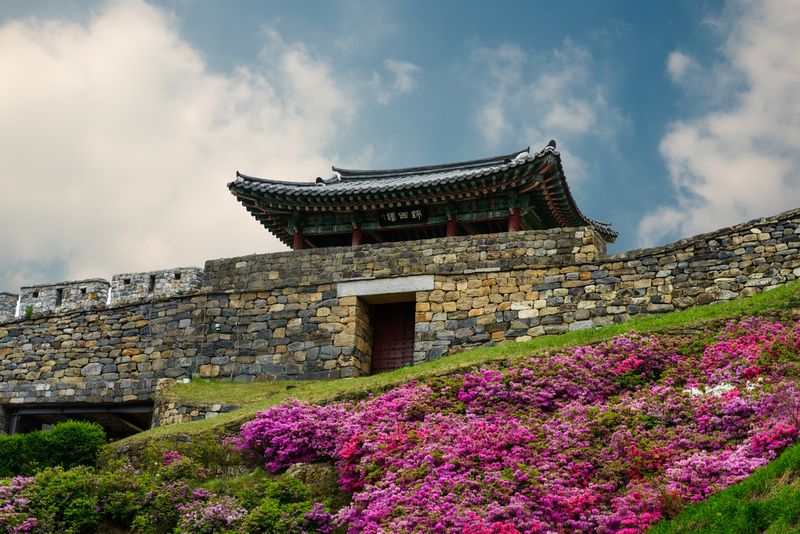
4. Baptism Site “Bethany Beyond the Jordan” (Al-Maghtas) – Jordan
This heritage site, located on the eastern bank of the River Jordan, is believed to be the spot where Jesus of Nazareth was baptized by John the Baptist. With multiple church and monastery remains, this archaeological site is a place of Christian pilgrimage and a testament to the Roman and Byzantine religious influence in the area.
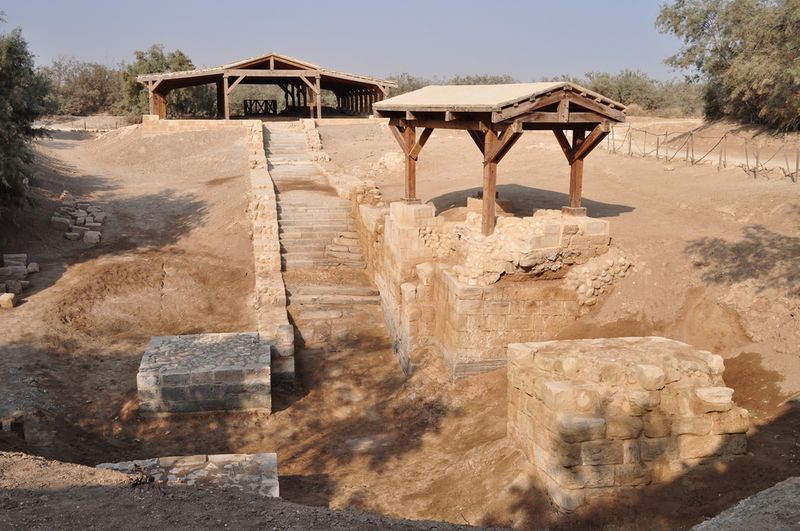
Advertisement
5. Champagne Hillsides, Houses and Cellars – France
Already one of the most popular wine regions in the world, the Champagne Hillsides were given World Heritage designation due to its historical importance in the production of sparkling wines. Since the early 17th century, these historic vineyards have understood the value of illustrating the process of champagne production and have become a household name in the wine and tourism industry.
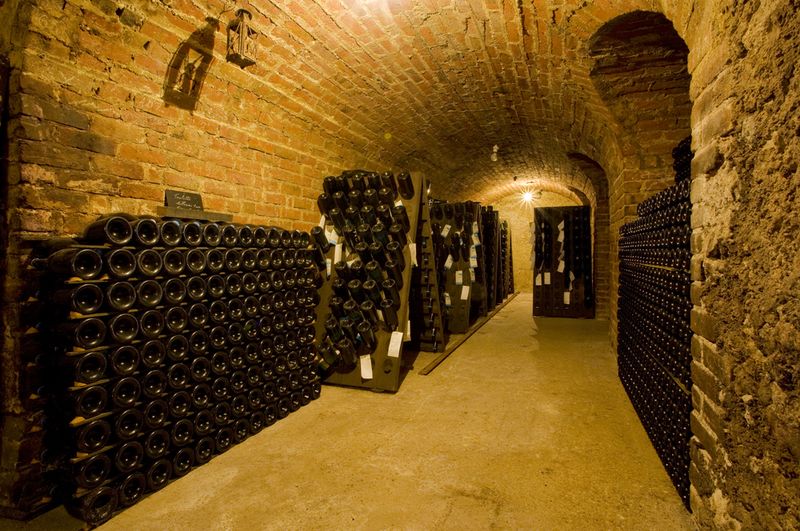
6. Christiansfeld, a Moravian Church Settlement – Denmark
This town, a planned settlement of the Moravian Church, was intended to represent the Protestant urban ideal and so was constructed in its entirety around a central Church square. Founded in 1773 and still used today by a community of the Moravian Church, this town is complete with simple and homogenous architecture, such as its yellow brick buildings with red tile roofs.
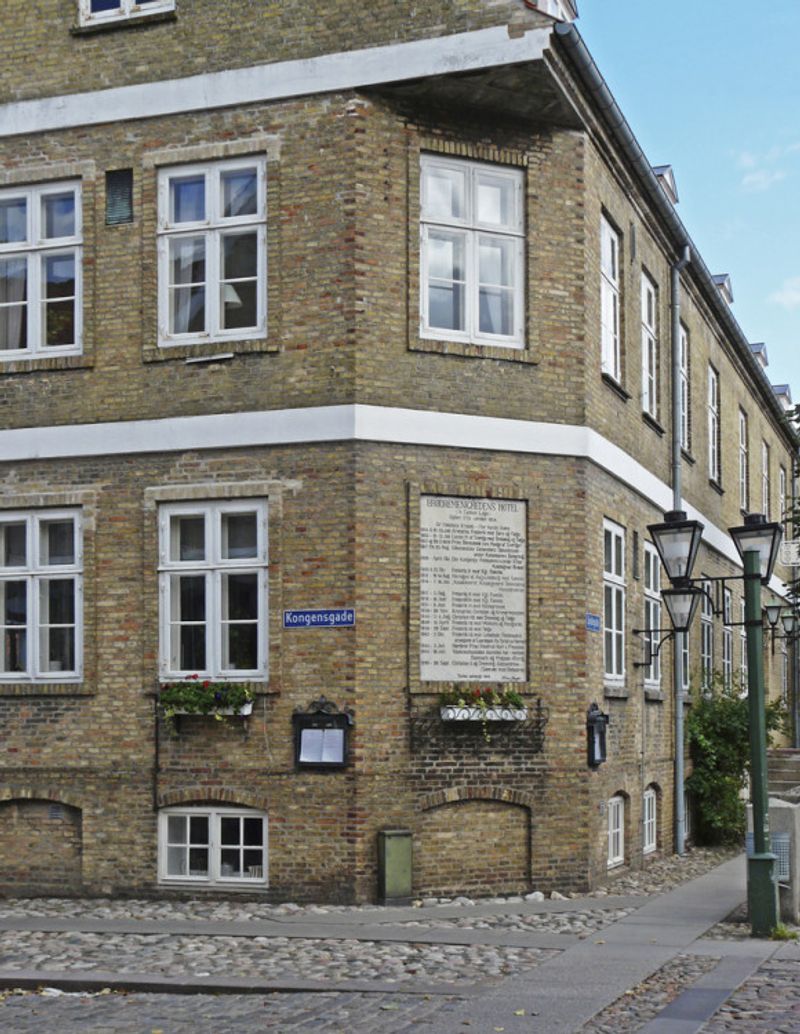
7. Climats, terroirs of Burgundy – France
These delimited vineyard parcels, found south of Dijon, are an excellent representation of the ancient cultivation and production methods in place since the High Middle Ages. Due to human cultivation and natural conditions, these parcels, located on the slopes of the Côte de Nuits and the Côte de Beaune, are now identified by the wine they produced.

8. Cultural Landscape of Maymand – Iran (Islamic Republic of)
This heritage site of Maymand is a self-contained area located in the southern part of Iran’s central mountains. UNESCO designated this area a heritage site because of the semi-nomadic pastoralists who live with their animals on mountain pastures, and relocate depending on the seasons. The nomads live low in the valley during the winter months in unique cave dwellings, and live in temporary settlements higher up on the mountain during the spring and autumn months.
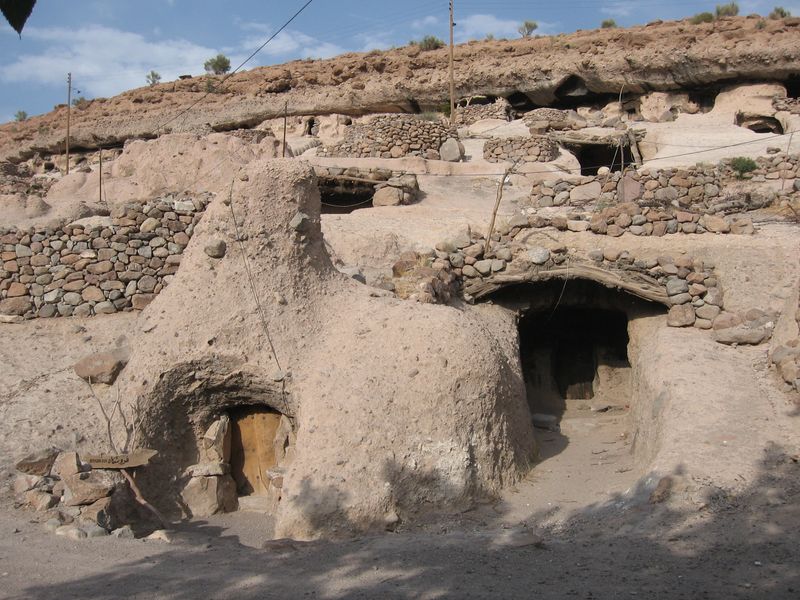
9. Diyarbakir Fortress and Hevsel Gardens Cultural Landscape – Turkey
Situated in the aptly-named Fertile Crescent, this city and its surrounding landscape has been given an World Heritage designation due to it being an important center throughout different time periods, from the Hellenistic period, to the Ottoman times and into the present. The fortified city of Diyarbakir, along with the Hevsel Gardens, is comprised of an inner castle, a 5.8 kilometer long wall, towers, gates, 63 inscriptions all from different periods and is located on the Upper Tigres River Basin.
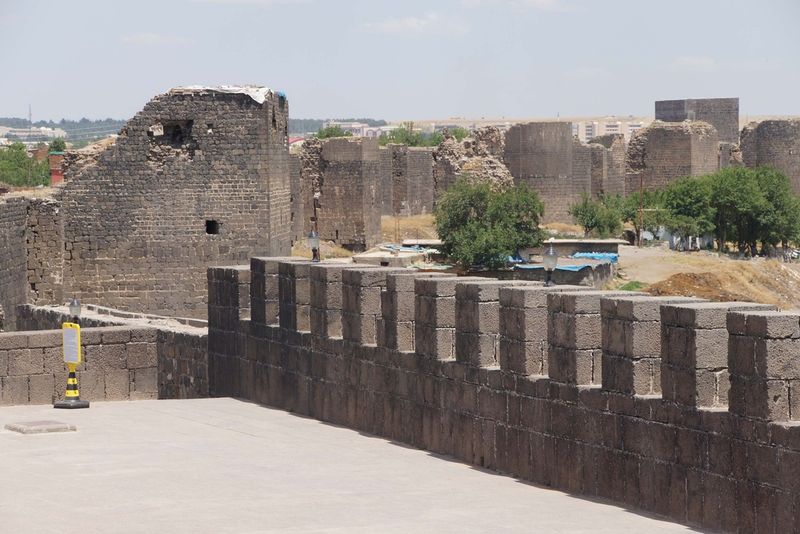
Advertisement
10. Ephesus – Turkey
This World Heritage Site has long since drawn Pilgrims from all around the Mediterranean. The ancient city of Ephesus, featuring successive Hellenistic and Roman settlements, is comprised of many excavated monuments and historical sites, and is a great example of a Roman port city.
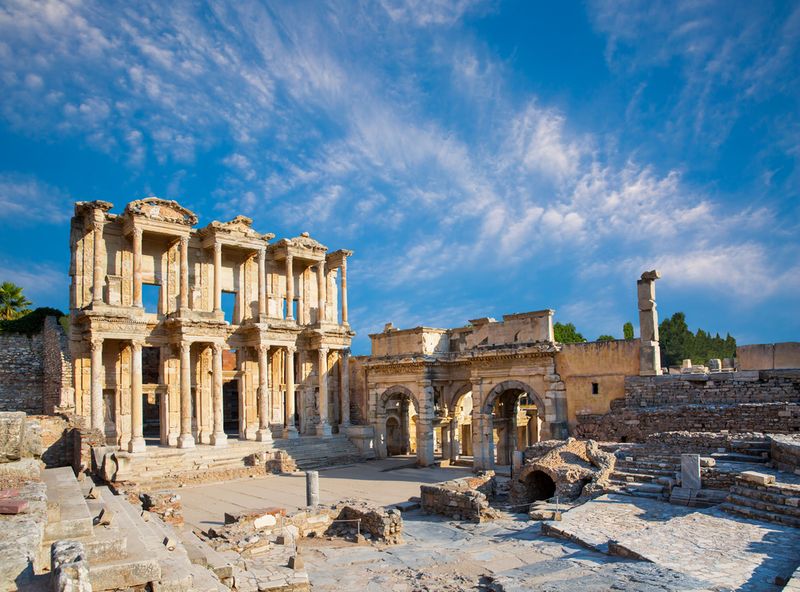
11. Fray Bentos Cultural-Industrial Landscape – Uruguay
West of the town of Fray Bentos and situated on the Uruguay River, this site was built in order to process the meat that was produced on the nearby prairies. This was given World Heritage status due to its excellent illustration on the process of meat production; its crucial location, industrial and residential buildings and social institutions ensure that this site of meat production was known on a global scale.
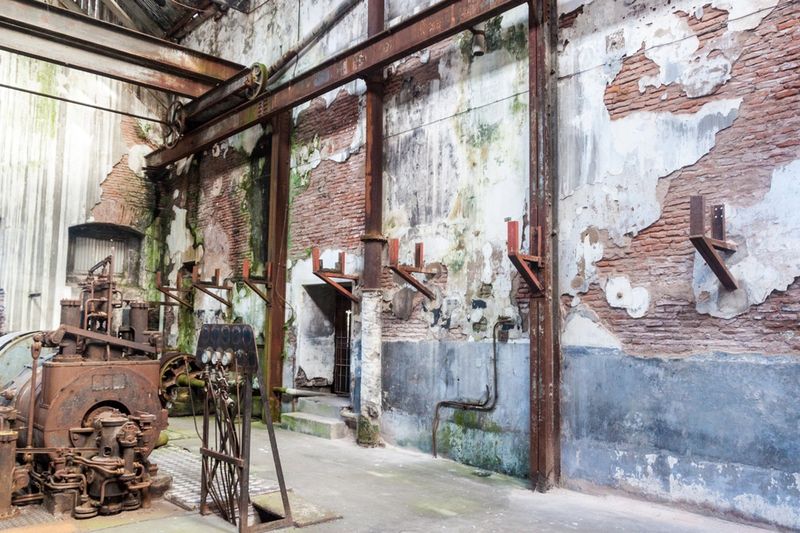
12. Great Burkhan Khaldun Mountain and its surrounding sacred landscape – Mongolia
Having long been a site of ancient shamanic and Buddhist practices, the Burkhan Khaldun, situated in the central part of the Khentii mountain chain in the north-east part of the country, has been a place of worship of the sacred mountains, rivers and ovoo-s (shamanic rock cairns) that make up the landscape. Believed to be the place of Genghis Khan’s birth and burial, this site is crucial to the unification of the Mongol people and to the mountain worship prevalent in their culture.
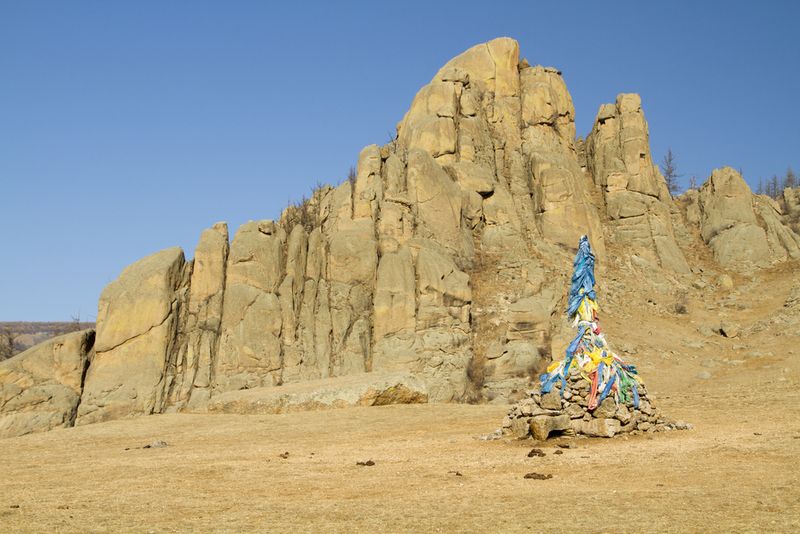
13. Necropolis of Beth She’arim: A Landmark of Jewish Renewal – Israel
The series of catacombs that make up this heritage site are an important collection of Greek, Aramaic and Hebrew artworks and inscriptions. Southeast of the city of Haifa, Beth She’arim was the primary Jewish burial place outside of Jerusalem and is an important testimony to ancient Judaism and to the Jewish renewal after 135 CE.

14. Rjukan–Notodden Industrial Heritage Site – Norway
Using the natural mountainous landscape to its advantage, the Norsk-Hydro Company manufactured artificial fertilizer from nitrogen in the air and became an example of a new global industry in the early 20th century. The hydroelectric power plants and transport systems and towns included at the Rjukan-Notodden site show how this company used its industry, in combination with nature, to meet the Western world’s increasing demand for agricultural production.
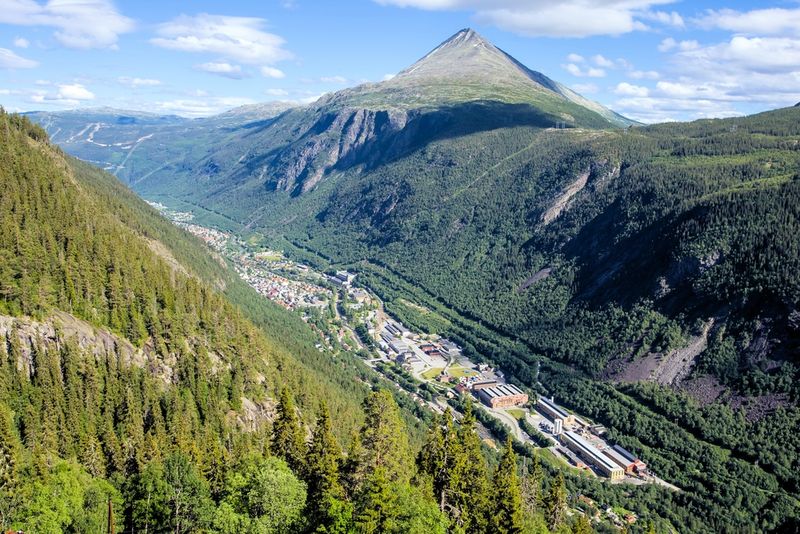
Advertisement
15. Rock Art in the Hail Region of Saudi Arabia – Saudi Arabia
Petroglyphs and inscriptions on the rock face of this heritage site offer a glimpse into the passages of the ancient Arab populations across the Great Narfoud Desert. These preserved depictions of human and animal figures show 10,000 years of history found in this great desert landscape in Saudi Arabia.
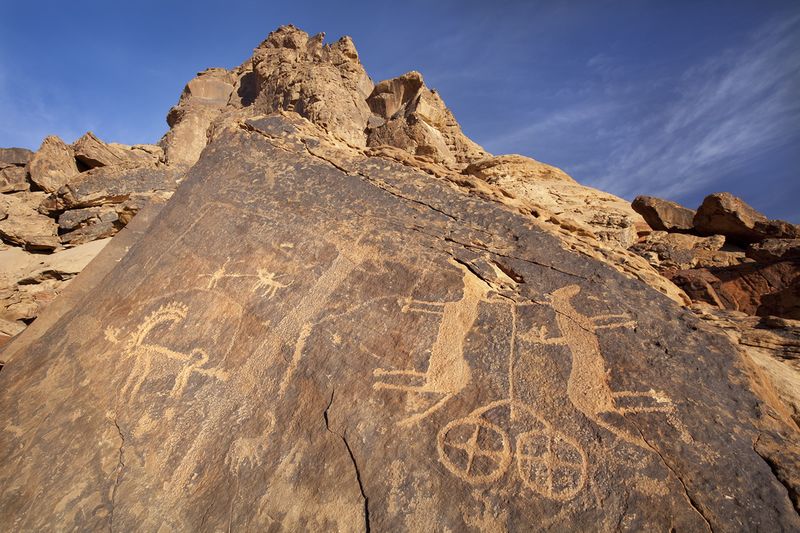
16. San Antonio Missions – United States of America
A great source of pride for Texans now and past are the five frontier mission complexes that make up this newly designated World Heritage site located in southern Texas. Built by Franciscan missionaries in the 18th century, the San Antonio Missions are symbols of Spain’s colonization of the region and are the site of the historic 1836 Battle of the Alamo.

17. Singapore Botanical Gardens – Singapore
Used for both conservation and education, the Singapore Botanical Gardens, built in 1859, include many historical features that illustrate the development of the garden and its importance as a site for science and research.
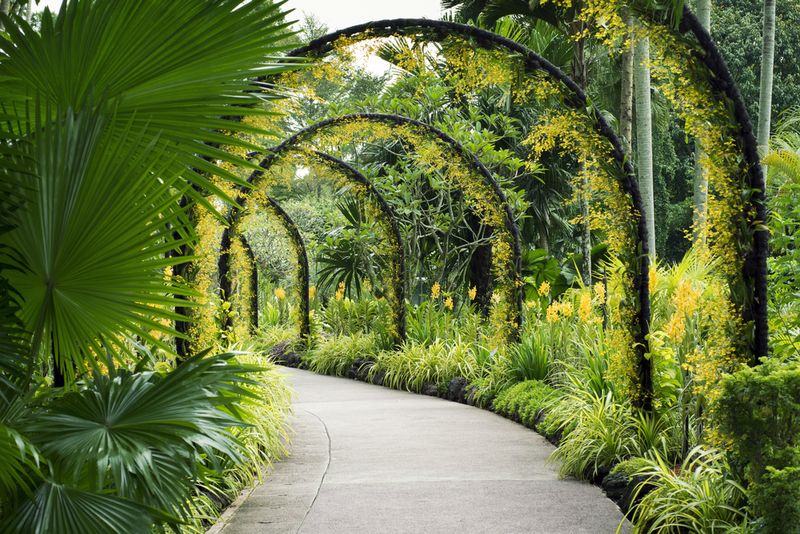
18. Sites of Japan’s Meiji Industrial Revolution: Iron and Steel, Shipbuilding and Coal Mining – Japan
Eleven properties make up this heritage site, situated in the southwest of Japan. This site depicts the time in Japanese history when the country actively sought technology from both Europe and America and is considered the first successful transfer of Western industrialization to a non-Western nation.
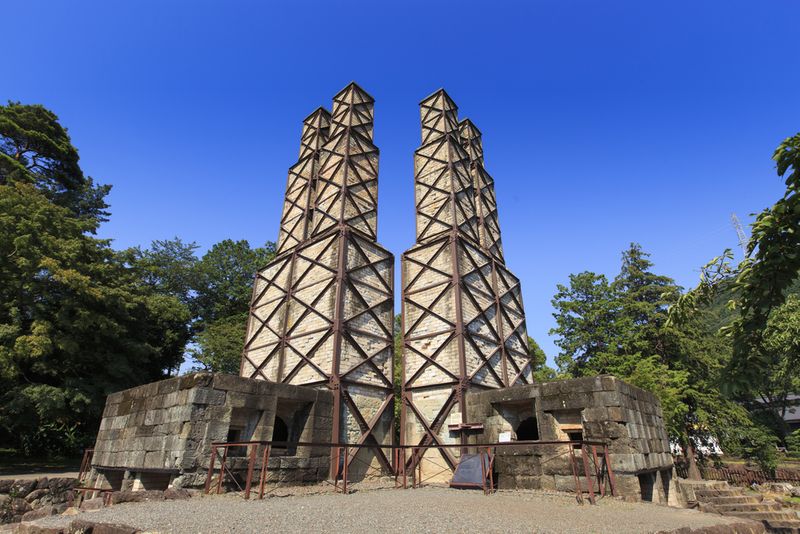
19. Speicherstadt and Kontorhaus District with Chilehaus – Germany
Built on a narrow island in the Elbe River from 1885 to 1927 and partially rebuilt from 1949 to 1967, these two urban areas, centrally located in the port city of Hamburg, are examples of the effects of rapid international trade in the 19th and 20th centuries. These two areas together are one of the largest historic ensembles of port warehouses in the world.
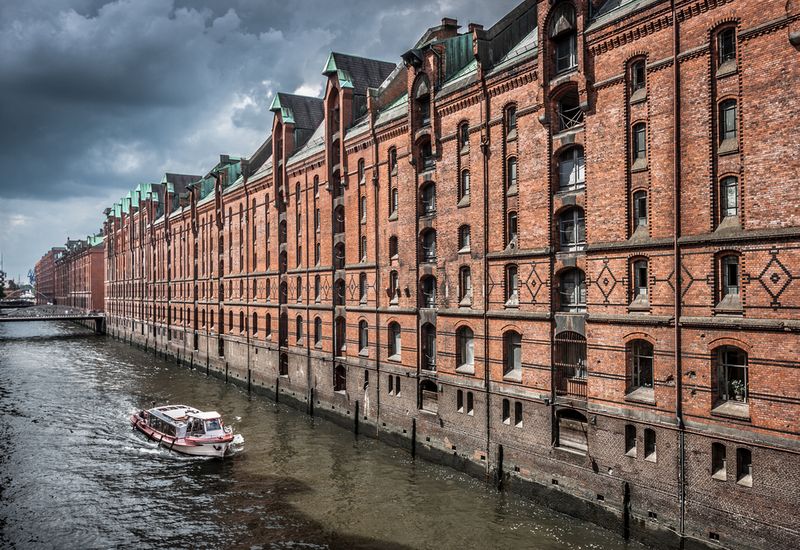
Advertisement
20. Susa – Iran (Islamic Republic of)
These architectural monuments, depicting the nearly extinct Elamite, Persian and Parthian cultural traditions, are comprised of administrative, residential and palatial structures excavated in the south-west of Iran. These archaeological sites illustrate settlements found in the area from the late 5th millennium BCE to the 13th century CE, successively.
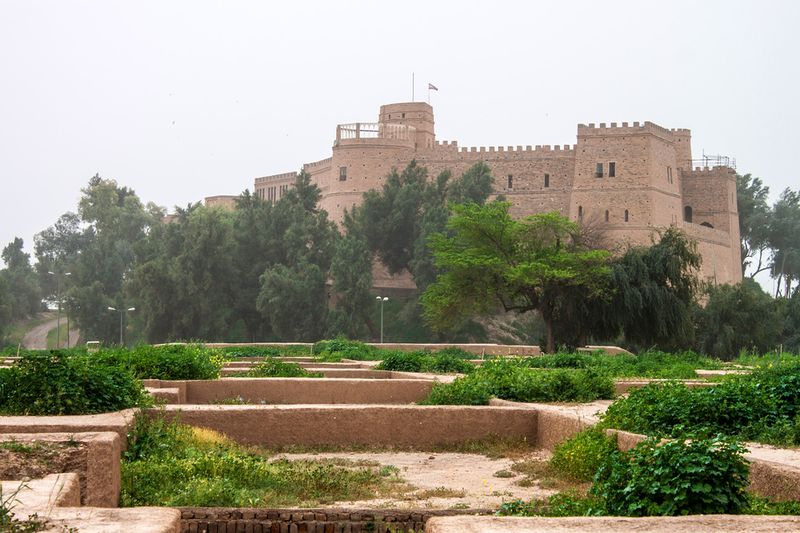
21. The Forth Bridge – United Kingdom of Great Britain and Northern Ireland
The largest multi-span cantilever bridge, located across the estuary of the Forth River in Scotland, has earned World Heritage designation from UNESCO due to its innovative use of bridge design and construction.
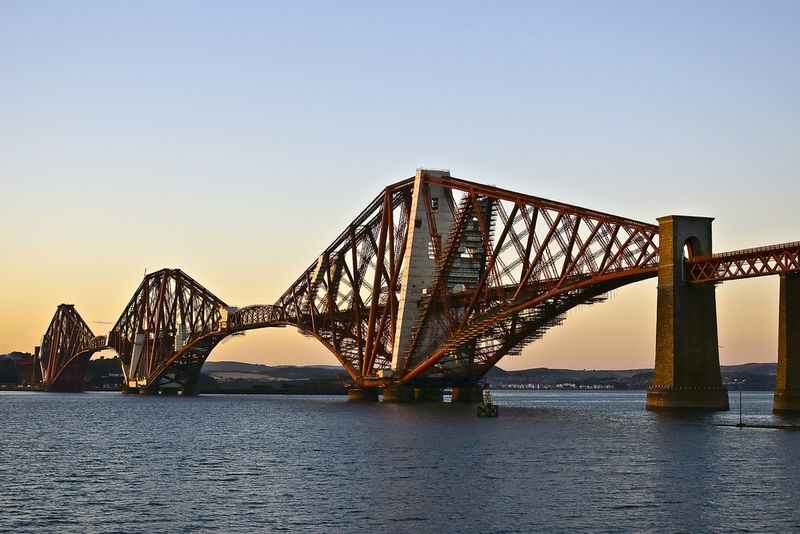
22. The Par Force Hunting Landscape in North Zealand – Denmark
The two hunting forests of Store Dyrehave and Gribskov, along with the hunting park of Jaegersborg Hegn/Jaegersborg Dyrehave, where Danish kings hunted with hounds until the end of the 16th century, have reached World Heritage status due to its demonstration of Baroque landscaping principles.
![Photo by: .bastian (Flickr) [CC BY-SA 2.0 (http://creativecommons.org/licenses/by-sa/2.0)], via Wikimedia Commons](https://media.hswstatic.com/eyJidWNrZXQiOiJjb250ZW50Lmhzd3N0YXRpYy5jb20iLCJrZXkiOiJnaWZcL3MxXC9tcV90cmF2ZWxcLzIwMTVcLzA3XC9KJUMzJUE2Z2Vyc2JvcmctRHlyZWhhdmUtRGVubWFyazEuanBnIiwiZWRpdHMiOnsicmVzaXplIjp7IndpZHRoIjo4MDB9fX0=)
23. Tusi Sites- China
From the Yuan and Ming periods of Chinese civilization, the Tusi Sites depict the tribal domains whose chiefs were elected based on the Tusi system. This system, in place from the 13th to the 20th century, rose in prominence due to its unification of national administration and its allowance of customs and culture from ethnic minorities.
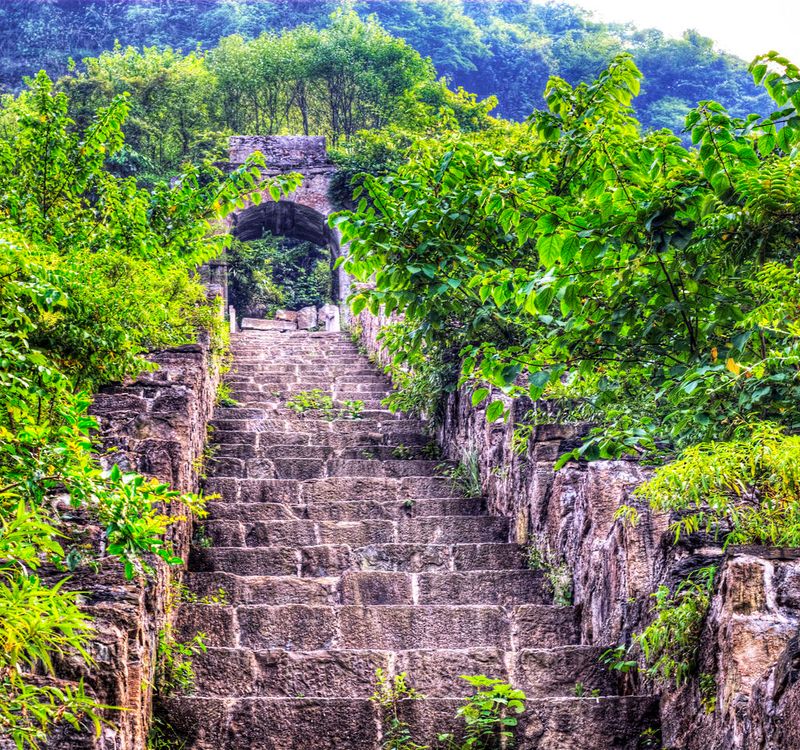
24. Blue and John Crow Mountains – Jamaica
Jamaica’s first World Heritage designation is the unique and historically important mountainous region situated in the south-east of Jamaica. Not only does this site contain many of the endemic plant species present in the Caribbean Islands, but it also provided refuge for both the indigenous Tainos and escaped African slaves known as Maroons. Due to the isolated nature of these mountains, the refugees managed to resist the European colonial system, and in doing so, developed spiritual connections with the mountains that are still felt today.
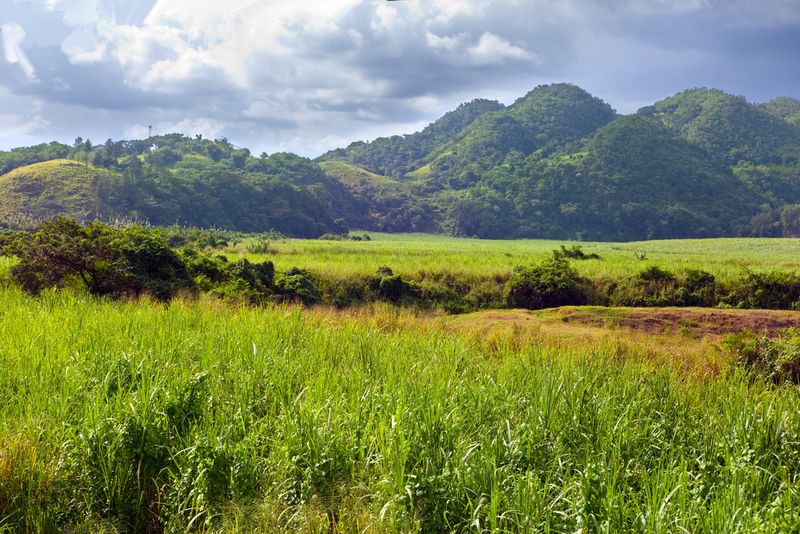
Advertisement